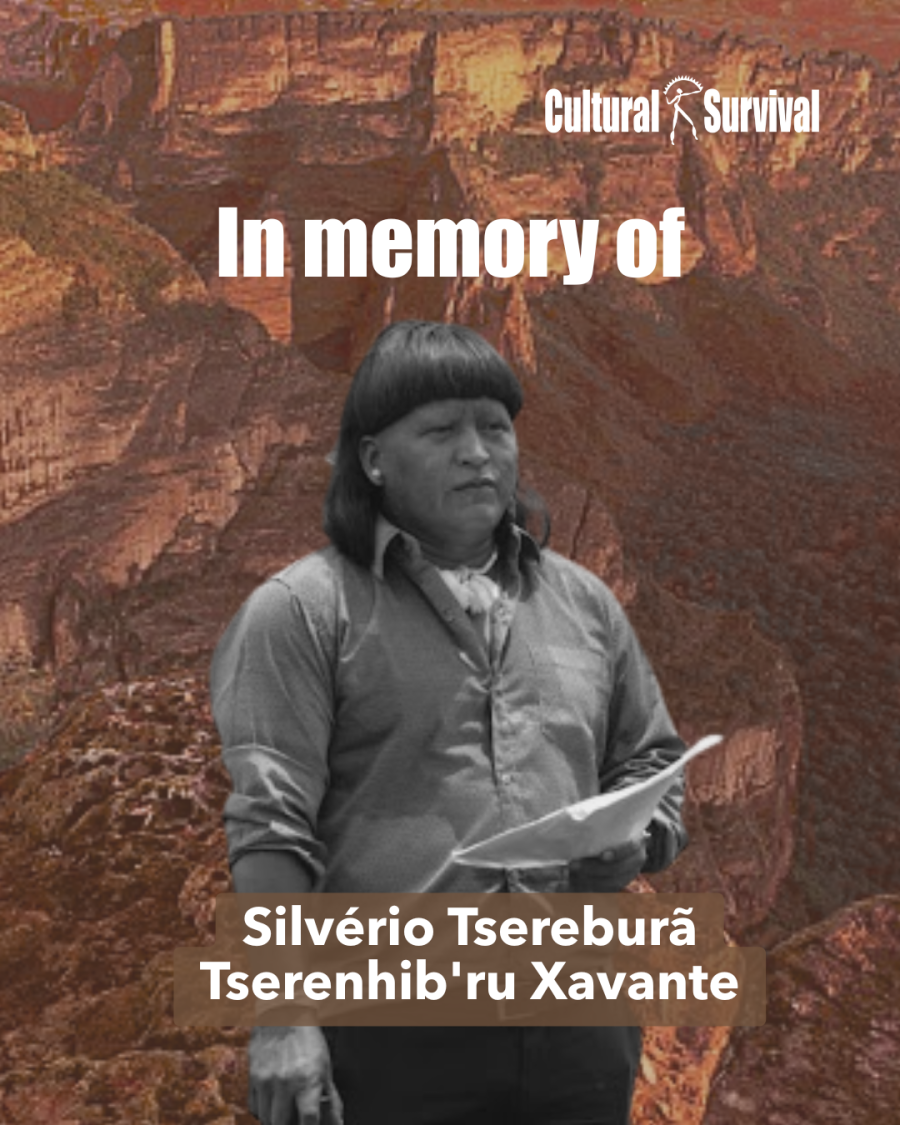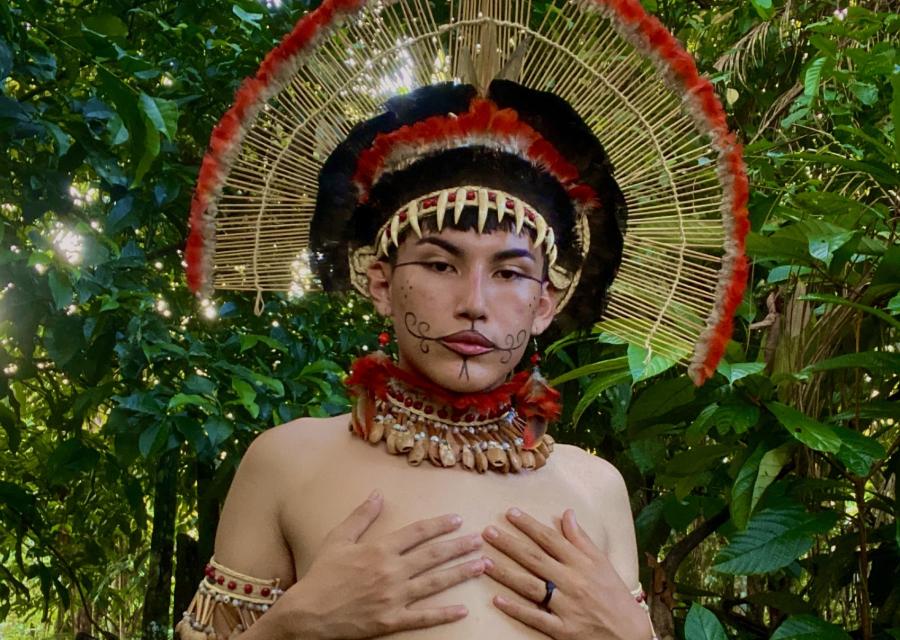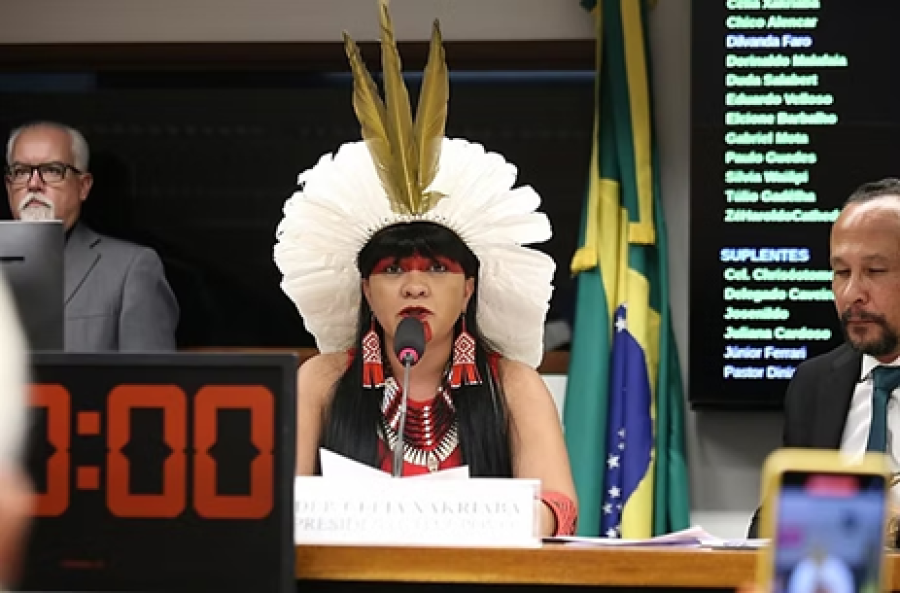An Interview with Deborah Macedo Duprat de Britto Pereira.
Editor’s note: Deborah Macedo Duprat de Britto Pereira is an attorney in the Office of the Attorney General who specializes in Indigenous and minority cases. This article is adapted from a conversation in the attorney general’s office in 2008 between Duprat, Laura Graham, Ellen Lutz, Hiparidi Top’Tiro, and Daniela Lima.
Before 1988, Brazil had an Indigenous policy of assimilation. The state’s objective was to integrate Brazil’s many Indigenous Peoples into the national society. The model for designating indigenous lands was essentially one of confinement. The state set aside small areas for Indigenous people to occupy during their transition to becoming members of the national society.
After the 1988 constitution, however, the state’s way of thinking about Indigenous rights to land shifted dramatically. Brazil’s constitution respects Indigenous Peoples’ right to remain on and use their traditional lands. The new process for demarcating Indigenous territories takes Indigenous Peoples’ understanding of their traditional occupations and uses of their land into consideration. The previous way of thinking about Indigenous rights to land was hegemonic because the state, adopting an outside perspective, determined where to draw the boundaries; it imposed the territorial limits. Now, the new way of determining Indigenous areas works from an insider’s perspective. The Indigenous group itself determines the dimensions of its territory based on its history of occupation and use of the land. This represents the difference between a hegemonic versus a pluralistic society.
According to the new constitution, the office of the Attorney General is responsible for defending the interests and rights of Indigenous Peoples. This is why the office of the Attorney General defended the rights of the five Indigenous groups that inhabit the area known as Serra Raposa do Sol against the recent challenge in the Supreme Court. Had the court ruled in favor of the state government that opposed the contiguous Indigenous Territory, it would have permitted all constitutionally guaranteed and federally recognized Indigenous areas to be dismantled. The office of the Attorney General presented arguments in favor of Indigenous inhabitants’ constitutional right to their lands and argued that the judicial system does not have the right to create or annul Indigenous territories. The government body that makes these determinations is the National Foundation for Indians (FUNAI).
FUNAI follows a prescribed protocol for determining and designating Indigenous lands. The process involves forming a study group made up of qualified professionals. This group studies the historic and contemporary situation, produces an anthropological report, and makes a recommendation regarding the demarcation of Indigenous territories according to Indigenous Peoples’ constitutional rights. If FUNAI does not, we can take them to court and force them to do it or we can hire an anthropologist to do this study ourselves. If FUNAI does not accept our study, the court can either force them to accept it or the court can directly set the boundaries of the land based on our report.
FUNAI is in the process of reviewing many areas that were demarcated prior to the new constitution. There are many cases in which Indigenous groups are demanding their right to larger tracts of land. Their current territories do not correspond to areas traditionally occupied because these were designated under the previous system of confinement. The clearest and most recent example is in Mato Grosso do Sul, where Guarani peoples, who are confined to very small areas that are a fraction of the former territories and in many cases only just the size of their communities, are seeking to form larger Indigenous territories. We also have a public lawsuit to reconsider Guarani areas in Brazil’s southern region. The situation in southern and southeastern Brazil is much more complicated than it is in Mato Grosso because non-Indigenous people have occupied this region for a much longer time, and the non-Indigneous population is very dense. There are many more cities. The colonization programs that brought many people to the Mato Grosso really only began in the 1980s.
To have a legitimate claim to land, an Indigenous group must be able to establish that it formerly occupied and used the area in question. Claims must be based on occupation, and occupation can be of any kind. If an Indigenous group hunted or trekked in a certain area, this is sufficient grounds to register a legitimate claim.
Once a group registers a claim, there are several ways to have the claim legitimately recognized by the state. The most straightforward way is for FUNAI to follow its protocol to study the claim, produce a report and, based on the study’s outcome, make its recommendation. Or, if FUNAI doesn’t do the study for whatever reason, the Office of the Attorney General can produce the anthropological study itself and forward it to FUNAI. In yet another scenario the judiciary can make a determination on the claim, based on the anthropological study produced by the Office of the Attorney General. The law also requires that public meetings be held so that opposing opinions can be aired. The process must always start by making a request to Funai.
None of this is easy, and none of it is fast.



